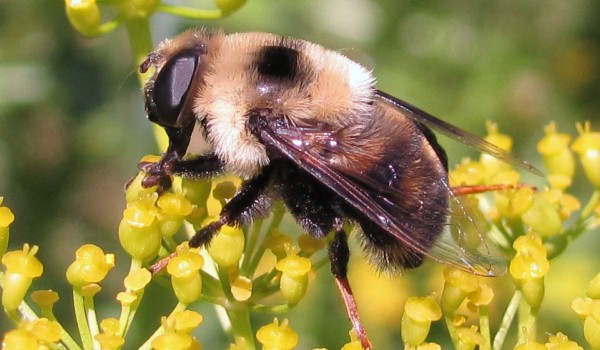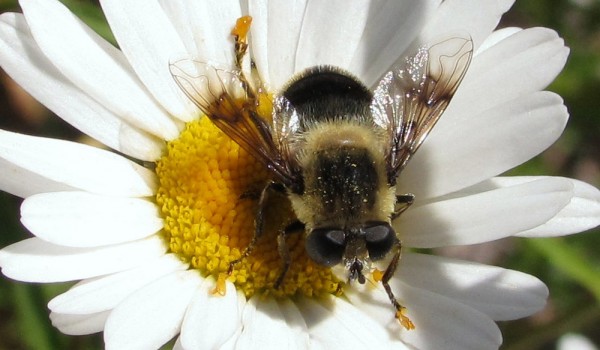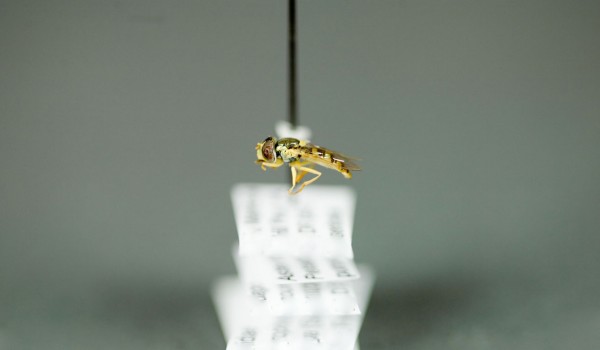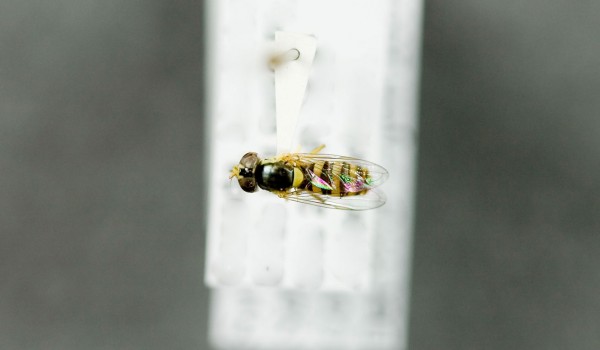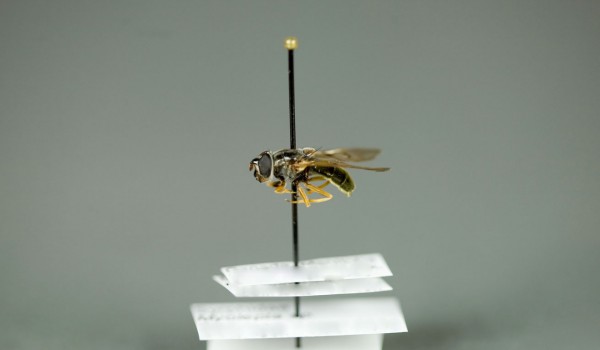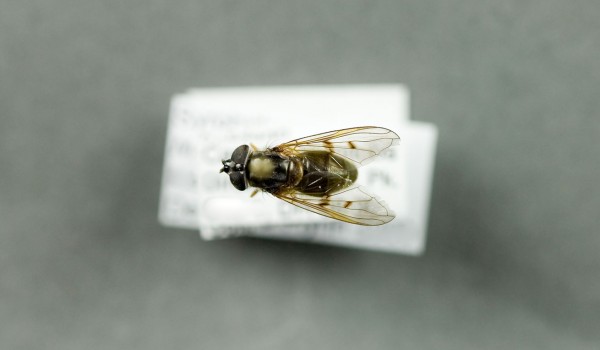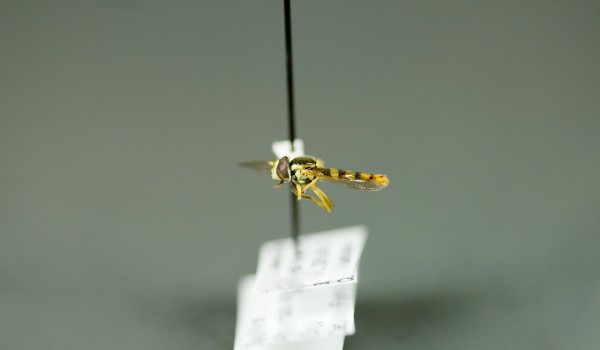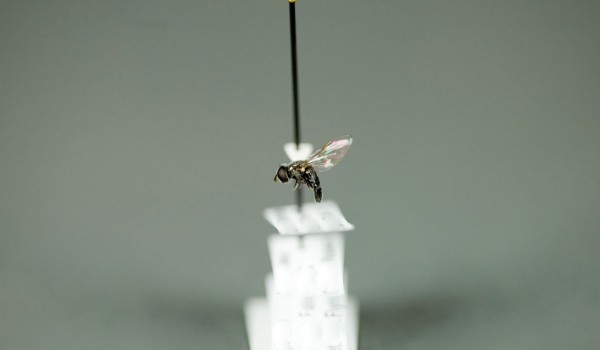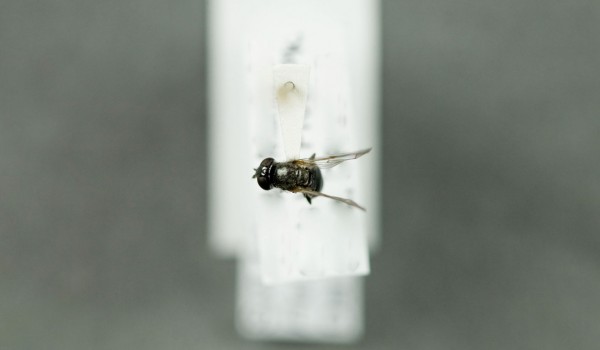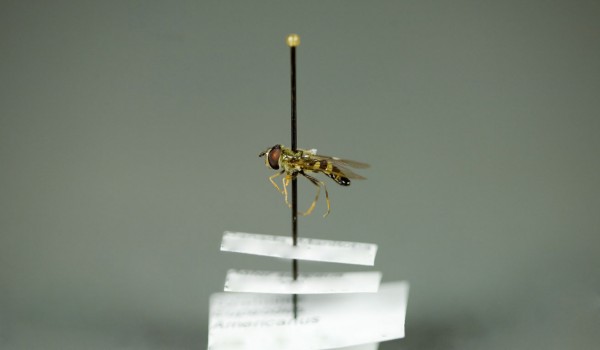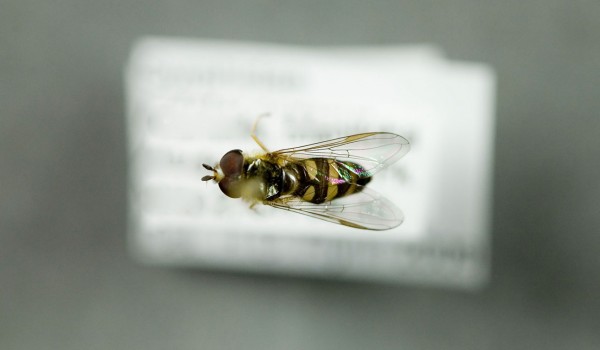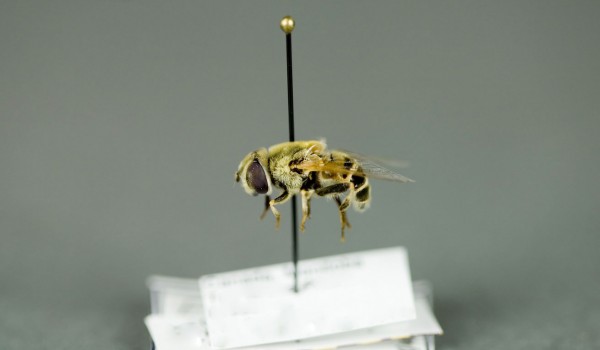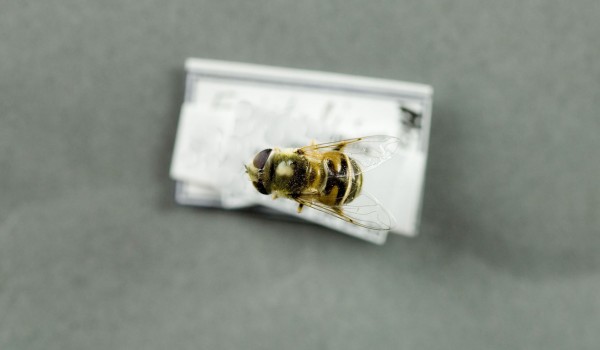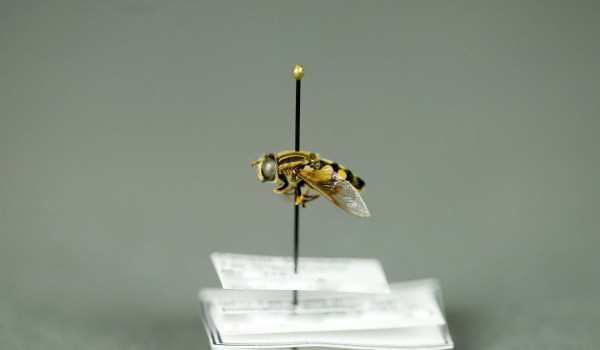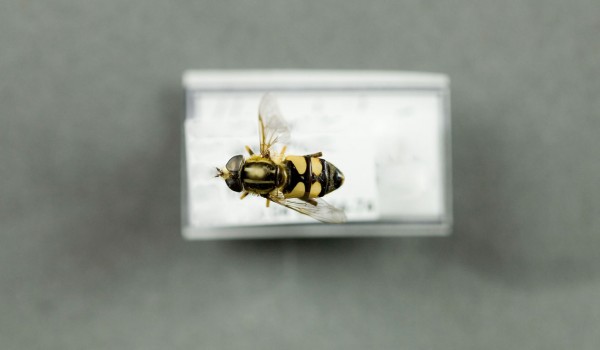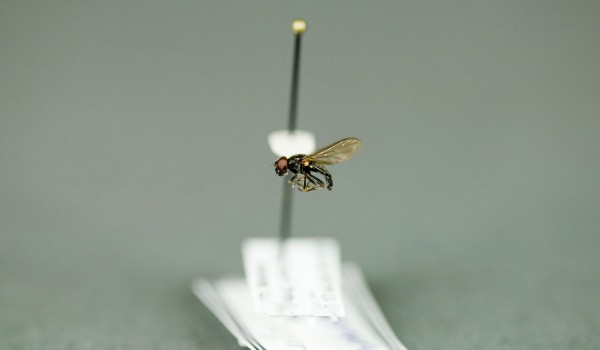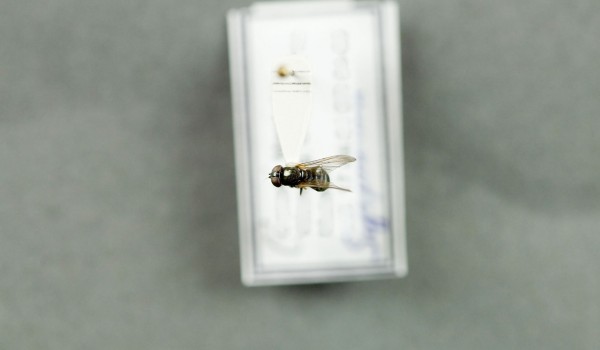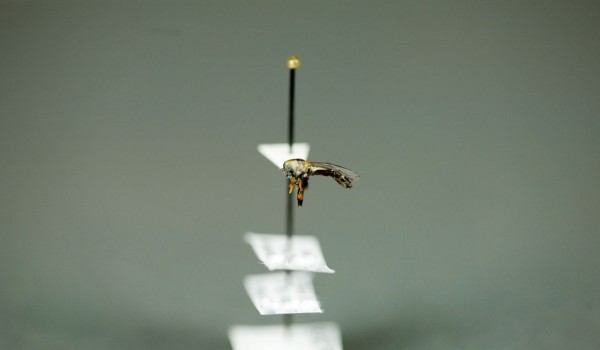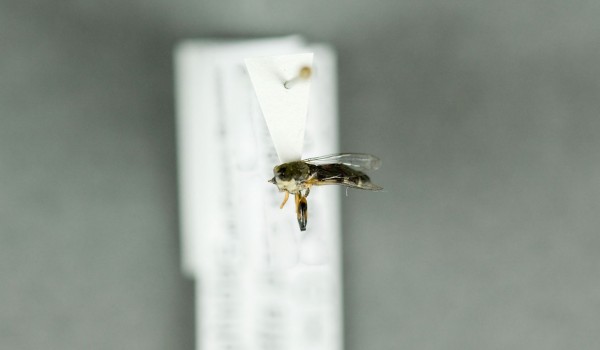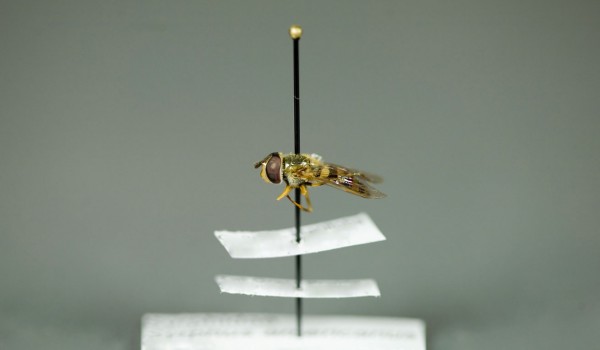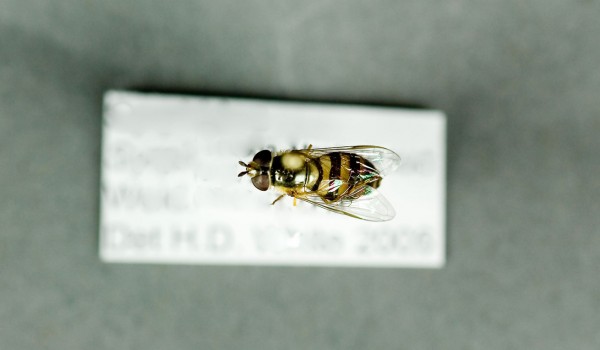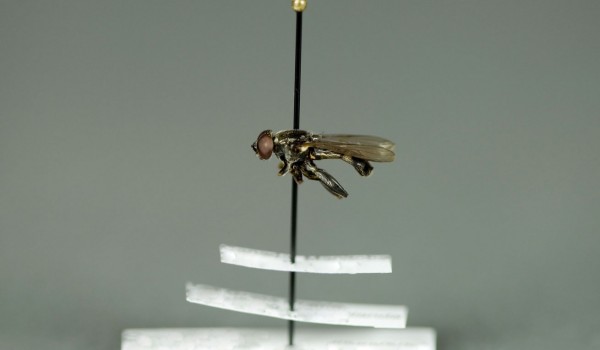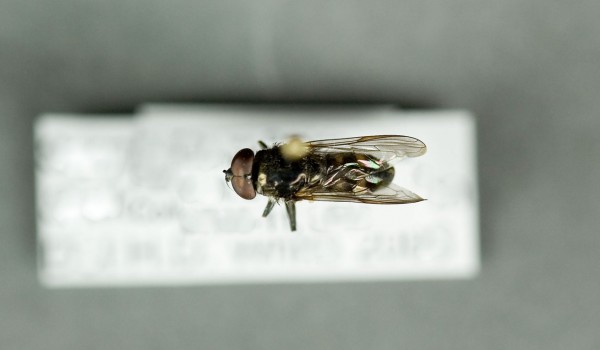Flies (Diptera)
Flower Flies
SyrphidaeFlower Flies are the most important fly pollinators of prairie wildflowers and of plants in agricultural systems like orchards. Adults frequently hover in mid-air and feed on nectar and pollen. Larvae can be important predators of pests like aphids, but may also attack bulbs and tubers of vegetables and ornamental plants. Some species, though harmless, mimic bees and wasps to help them avoid predators.
Representative Genera and Species:
Allograpta, Cheilosia, Eristalis, Epeodes, Helophilus, Mylepta, Pipiza, Sphaerophoria, Spilomyia, Syritta, Syrphus
Pollinator Life Cycle:
Adults feed on flower nectar and pollen. Females require nutrients from pollen for proper egg development. Eggs are laid in places such as muddy water, nests of bumblebees, or near aphid colonies. The larvae consume organic matter in soil, leaves, or other insects.
Rarity Status:
The status of Canadian species has not yet been assessed, and none are legally protected.
Physical Appearance:
These small to medium sized flies range in size from 4 mm to over 25 mm long. They have two membrane-like wings, and tube-like mouthparts for sucking. Their colour ranges from bright yellow or orange to black, with some exhibiting iridescence. Species that mimic bees and wasps have yellow and black striping, and often narrow, wasp-like waists.
Pollinator Habitat:
Larvae develop in a diverse range of habitats, including litter and dead wood, aquatic environments, or insect nests (often those of bees). Adults occur in almost all habitats. They are usually found associated with the flowers they use for food and mating.
Canadian Distribution:
- Alberta
- British Columbia
- Manitoba
- New Brunswick
- Newfoundland/Labrador
- Northwest Territories
- Nova Scotia
- Nunavut
- Ontario
- Prince Edward Island
- Quebec
- Saskatchewan
- Yukon
Prairie Types:
- Fescue Prairie
- Mixed Grass Prairie
- Tall Grass Prairie
Associated Plants:
-
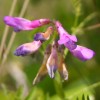 American Vetch
American Vetch
-
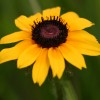 Black-eyed Susan
Black-eyed Susan
-
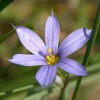 Blue-eyed Grass
Blue-eyed Grass
-
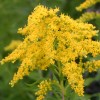 Canada Goldenrod
Canada Goldenrod
-
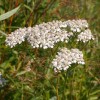 Common Yarrow
Common Yarrow
-
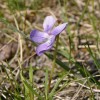 Crowfoot Violet
Crowfoot Violet
-
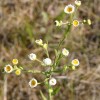 Daisy Fleabane
Daisy Fleabane
-
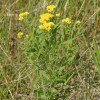 Flat-top Goldenrod
Flat-top Goldenrod
-
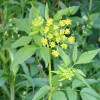 Golden Alexander
Golden Alexander
-
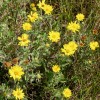 Hairy Golden Aster
Hairy Golden Aster
-
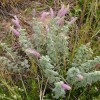 Hairy Prairie-clover
Hairy Prairie-clover
-
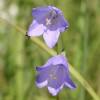 Harebell
Harebell
-
 Heart-leaved Alexander
Heart-leaved Alexander
-
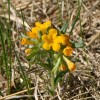 Hoary Puccoon
Hoary Puccoon
-
 Large-flowered False Dandelion
Large-flowered False Dandelion
-
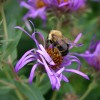 Lindley's Aster
Lindley's Aster
-
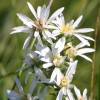 Many-flowered Aster
Many-flowered Aster
-
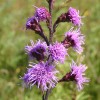 Meadow Blazingstar
Meadow Blazingstar
-
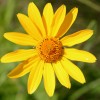 Narrow-leaved Sunflower
Narrow-leaved Sunflower
-
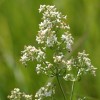 Northern Bedstraw
Northern Bedstraw
-
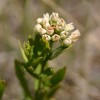 Pale Comandra
Pale Comandra
-
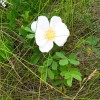 Prairie Rose
Prairie Rose
-
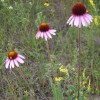 Purple Coneflower
Purple Coneflower
-
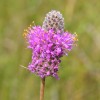 Purple Prairie-clover
Purple Prairie-clover
-
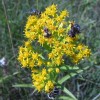 Riddell's Goldenrod
Riddell's Goldenrod
-
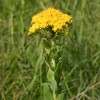 Rigid Goldenrod
Rigid Goldenrod
-
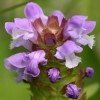 Selfheal
Selfheal
-
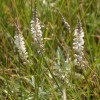 Seneca Snakeroot
Seneca Snakeroot
-
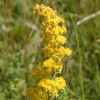 Showy Goldenrod
Showy Goldenrod
-
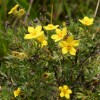 Shrubby Cinquefoil
Shrubby Cinquefoil
-
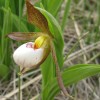 Small White Lady's-slipper
Small White Lady's-slipper
-
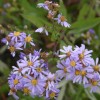 Smooth Aster
Smooth Aster
-
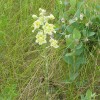 Smooth Camas
Smooth Camas
-
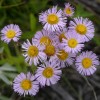 Smooth Fleabane
Smooth Fleabane
-
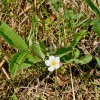 Smooth Wild Strawberry
Smooth Wild Strawberry
-
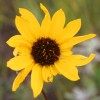 Stiff Sunflower
Stiff Sunflower
-
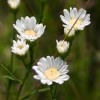 Upland White Goldenrod
Upland White Goldenrod
-
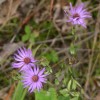 Western Silvery Aster
Western Silvery Aster
-
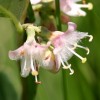 Western Snowberry
Western Snowberry
-
 White Cinquefoil
White Cinquefoil
-
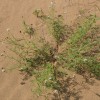 White Prairie-clover
White Prairie-clover
-
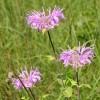 Wild Bergamot
Wild Bergamot






